Muscle hyperactivity
Physiotherapy can be beneficial in managing muscle hyperactivity, also known as muscle spasms or muscle tension. Here are some ways that physiotherapy can help:
Manual therapy: Physiotherapists can use various manual therapy techniques, such as soft tissue massage, trigger point release, and joint mobilization, to help reduce muscle tension and hyperactivity.
Stretching exercises: Stretching can help to relieve muscle tension and promote relaxation. Physiotherapists can design individualized stretching programs to target specific muscles that are hyperactive.
Strengthening exercises: Strengthening exercises can help to improve muscle control and reduce the risk of muscle hyperactivity. A physiotherapist can design an exercise program that targets weak muscles that may be contributing to muscle hyperactivity.
Posture correction: Poor posture can contribute to muscle hyperactivity, so a physiotherapist can provide advice on how to improve posture and reduce muscle tension.
Biofeedback: Biofeedback is a technique that uses electronic sensors to measure muscle tension and provides feedback to the patient. Physiotherapists can use biofeedback to teach patients how to become more aware of their muscle tension and learn how to relax their muscles.
Education and self-management: Physiotherapists can provide education and advice on self-management techniques, such as relaxation exercises and stress management, to help patients manage their muscle hyperactivity outside of physiotherapy sessions.
Overall, physiotherapy can be an effective treatment option for muscle hyperactivity, providing relief from muscle tension and promoting relaxation and improved muscle control.
